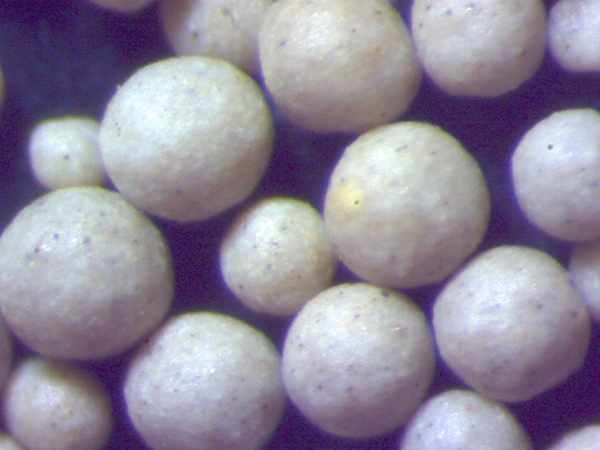Products Made from Sand Casting
Sand casting, one of the oldest and most versatile metal casting processes, serves as a foundational technique in metal manufacturing. This method involves creating a mold from a sand mixture and then pouring molten metal into the mold to form various products. The enduring popularity of sand casting stems from its capacity to produce intricate shapes and accurate dimensions at a relatively low cost. A wide array of products can be made using this technique, spanning numerous industries such as automotive, aerospace, construction, and art.
Automotive Components
The automotive industry is one of the largest consumers of sand casting. Many components of vehicles, including engine blocks, transmission cases, and axle housings, are made through this process. For instance, aluminum alloy castings are often employed due to their lightweight and strong characteristics, which contribute to fuel efficiency and overall performance. Sand casting allows for the production of complex geometries needed for these critical parts while ensuring durability and strength.
Aerospace Parts
In aerospace engineering, precision and reliability are paramount. Sand casting allows for the creation of precision parts like turbine housings, brackets, and structural components that are integral to the functionality of aircraft. Aerospace manufacturers often utilize high-performance alloys, which can withstand extreme temperatures and pressures. The sand casting process enables the production of highly detailed and robust components that meet stringent industry standards.
Industrial Machinery and Equipment
The manufacturing of industrial machinery also benefits significantly from sand casting. Components such as pump housings, valve bodies, and agricultural machinery parts are commonly produced using this method. Sand casting can accommodate large components that might be difficult to manufacture with other methods. Moreover, it offers the flexibility to create complex parts that fulfill specific operational requirements, making it an essential technique in heavy machinery production.
what products are made from sand casting

Art and Sculpture
Beyond industrial applications, sand casting is also a favored method in the art world. Sculptors often utilize sand casting to create bronze sculptures and artistic metal pieces. The process allows artists to produce intricate designs and replicate their work in various materials. This artistic approach to sand casting not only showcases the versatility of the technique but also highlights its historical significance in art and craftsmanship.
Electrical and Electronic Products
Another sector where sand casting plays a vital role is in the production of electrical and electronic products. Components such as housings for electrical switches, connectors, and enclosures are commonly manufactured using sand casting. The method's ability to accommodate precise tolerances and complex shapes makes it ideal for creating parts that need to fit together seamlessly in various electronic applications.
Marine Components
Sand casting is also extensively utilized in the marine industry for producing components like engine blocks, propellers, and various fittings. The corrosive environment of marine applications demands materials that can withstand harsh conditions. As a result, sand casting is employed to create durable, high-strength components that ensure the longevity and reliability of marine vessels.
Conclusion
In summary, sand casting remains an indispensable technique in the production of a diverse array of products across various industries. From automotive parts and aerospace components to artistic sculptures and industrial machinery, this process has proven its versatility and effectiveness over the years. The ability to create complex shapes, coupled with the cost-effectiveness of the method, ensures that sand casting will continue to play a significant role in manufacturing for the foreseeable future. As industries evolve and new challenges arise, sand casting will adapt, showcasing its enduring importance and relevance in modern production processes.
Post time:Říj . 14, 2024 20:43
Next:sintered sand
